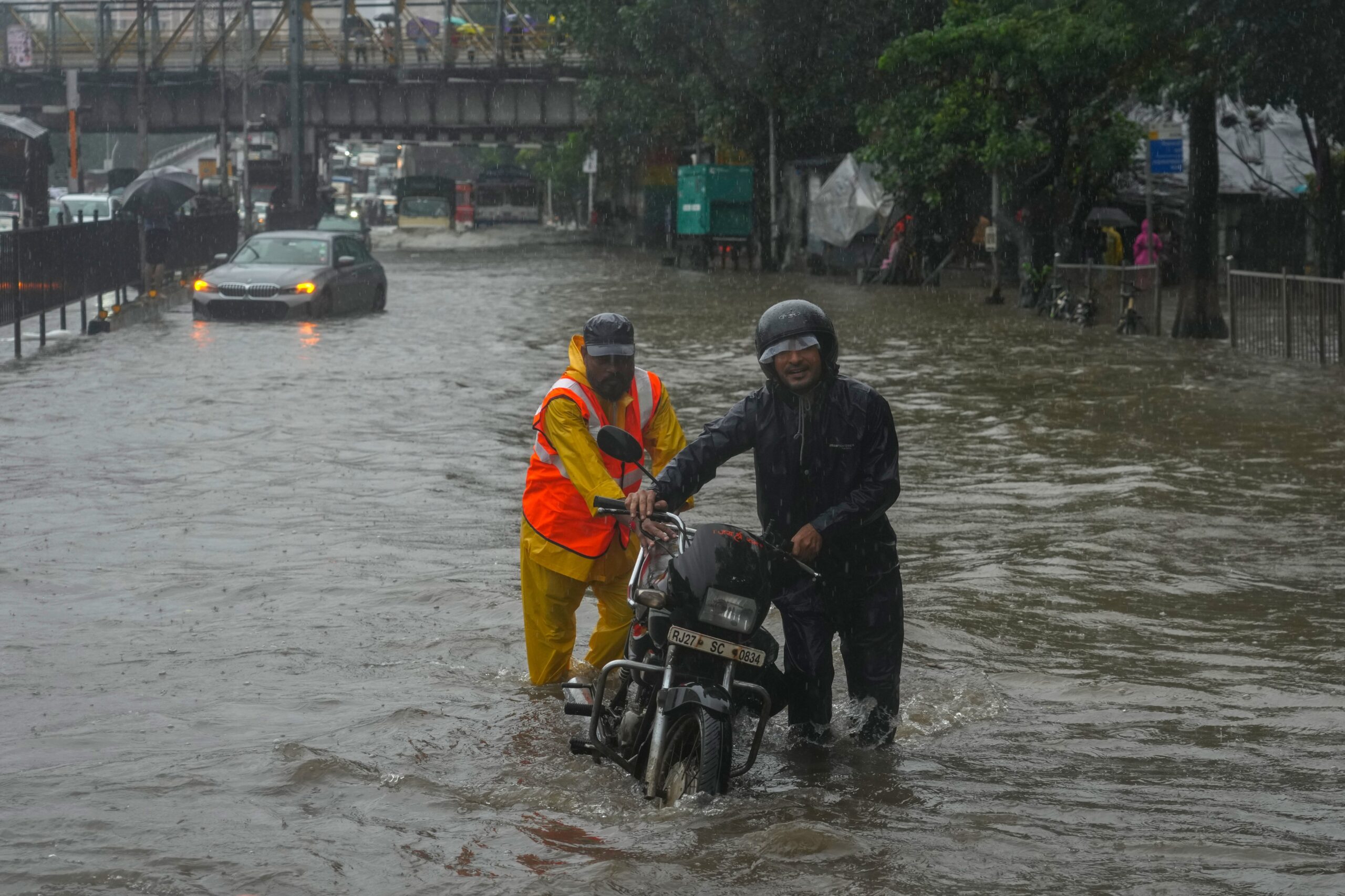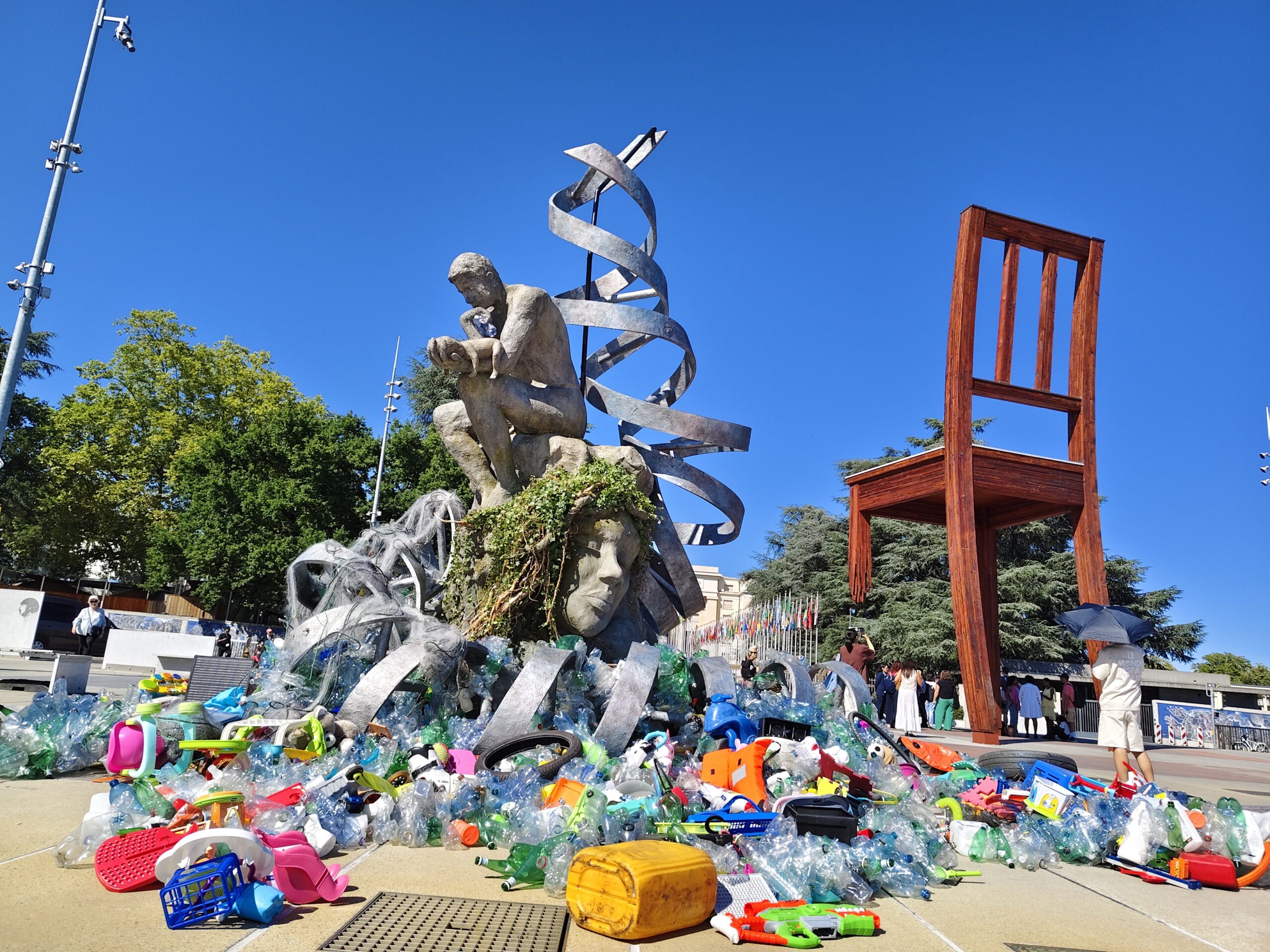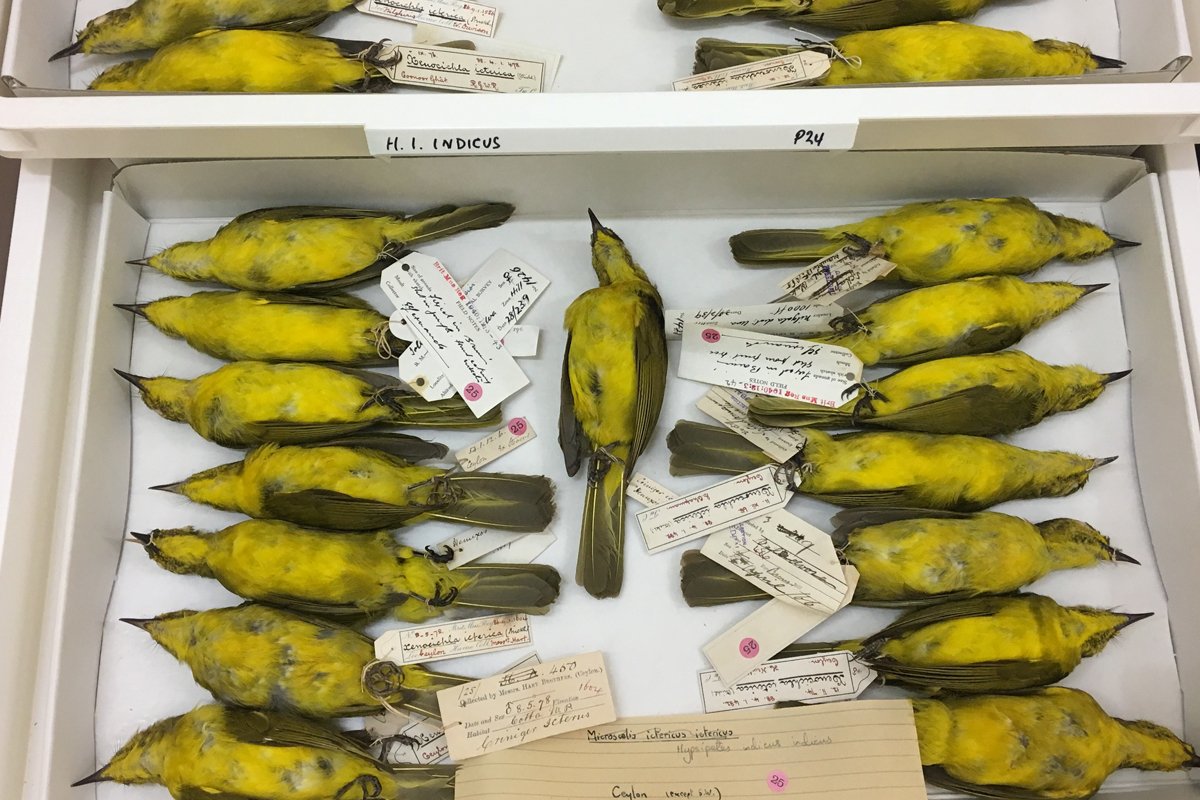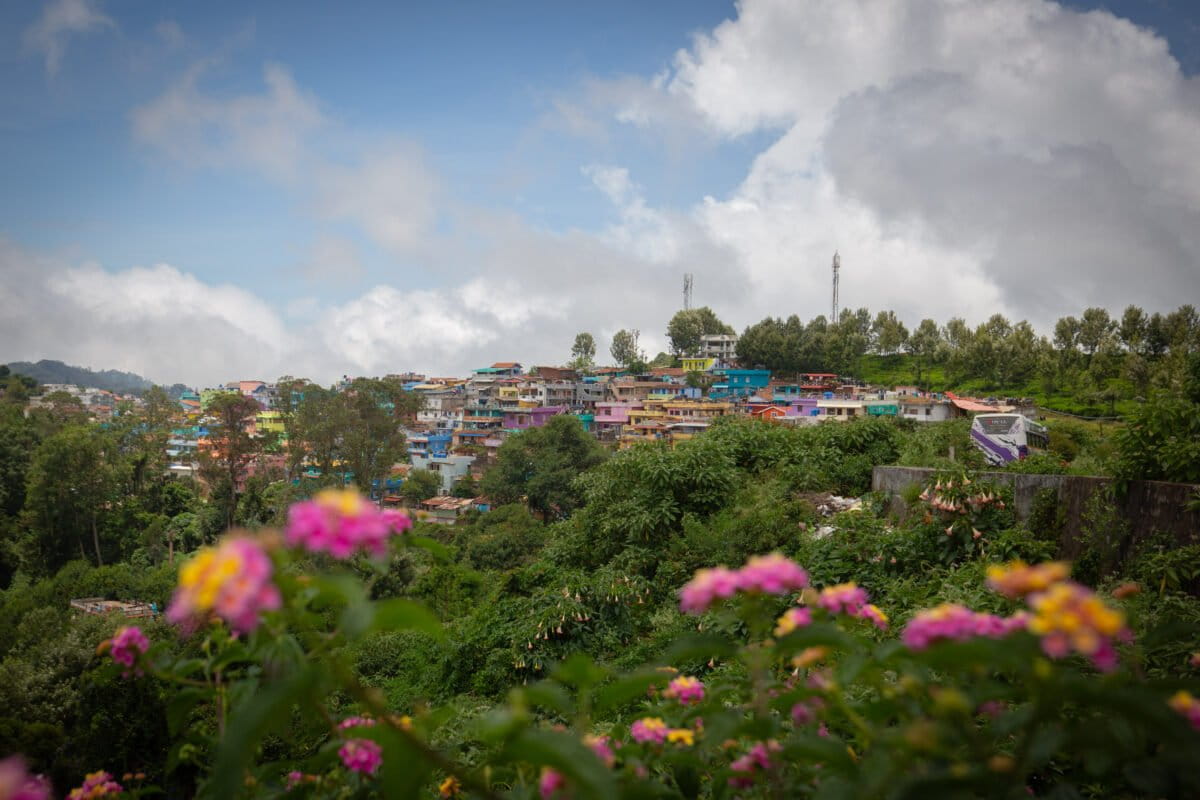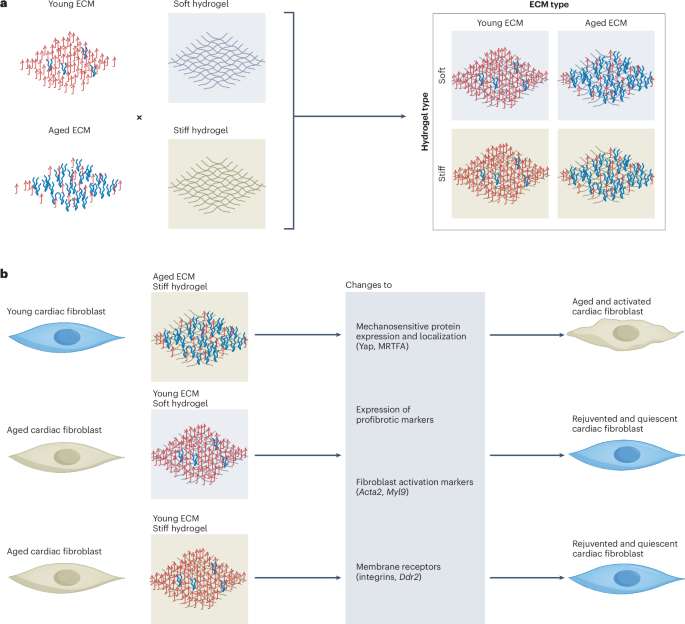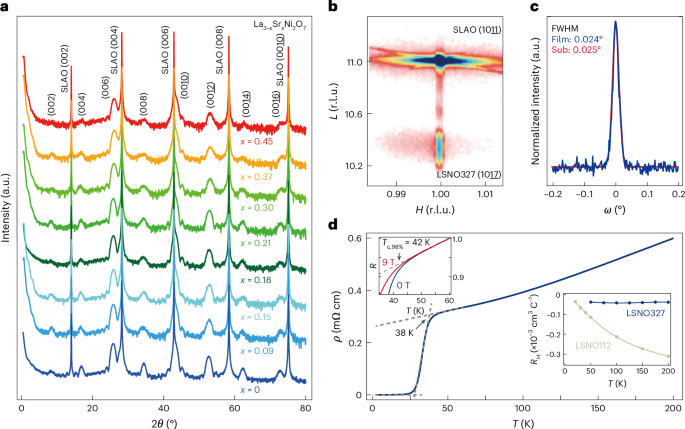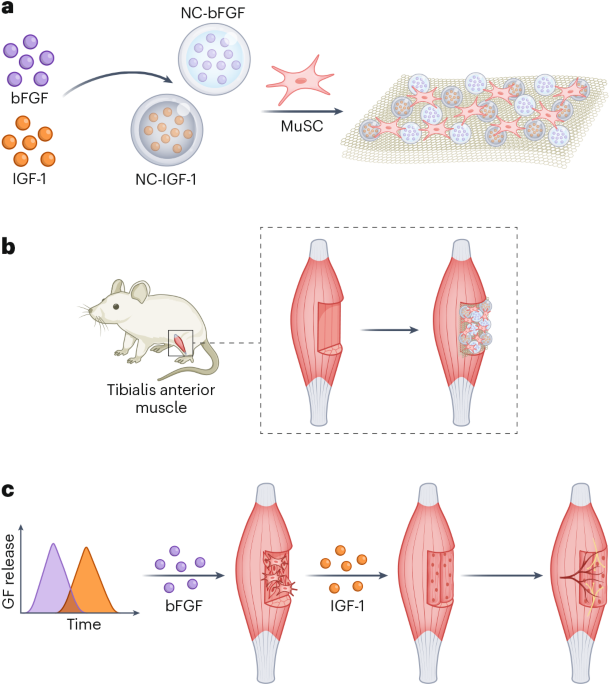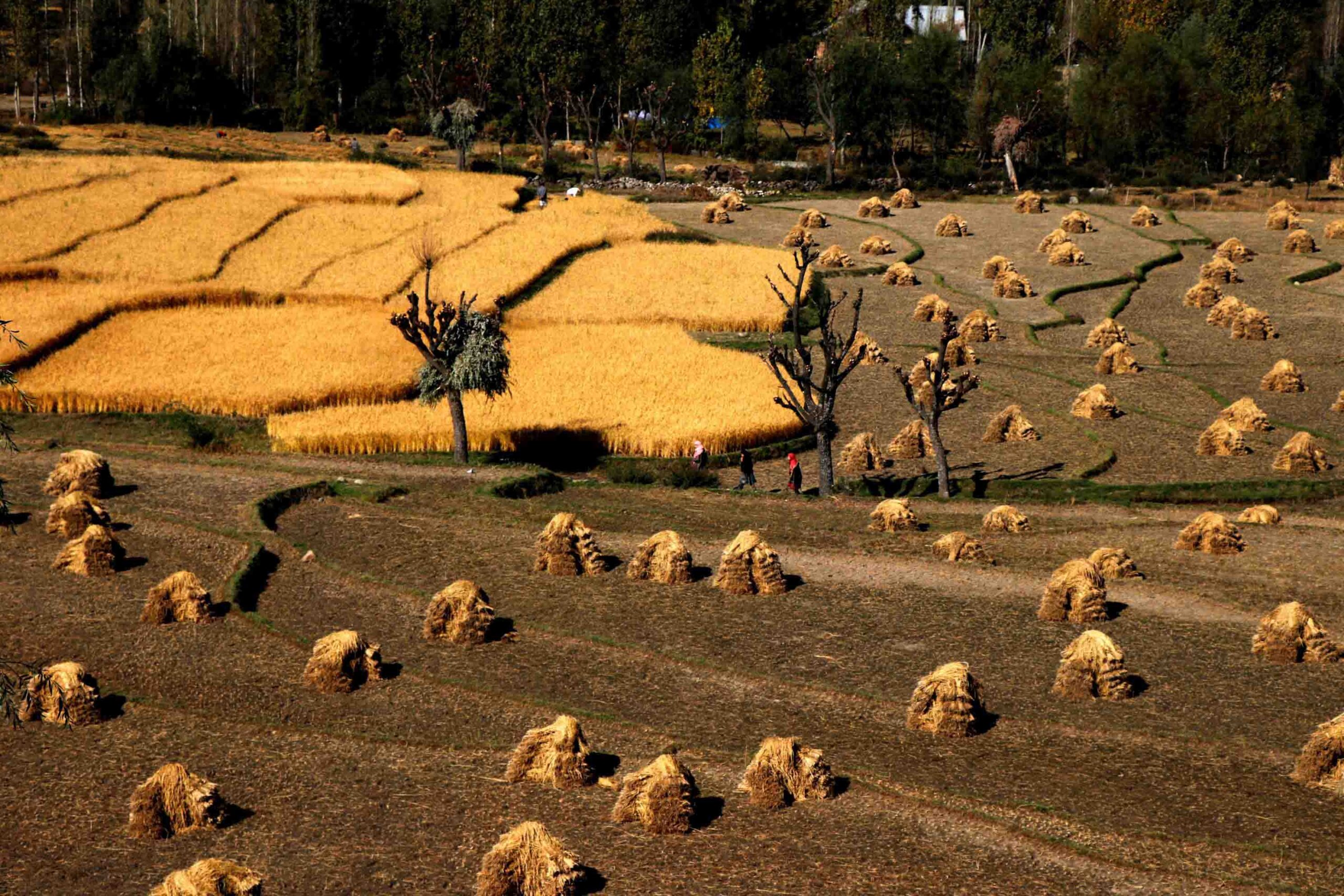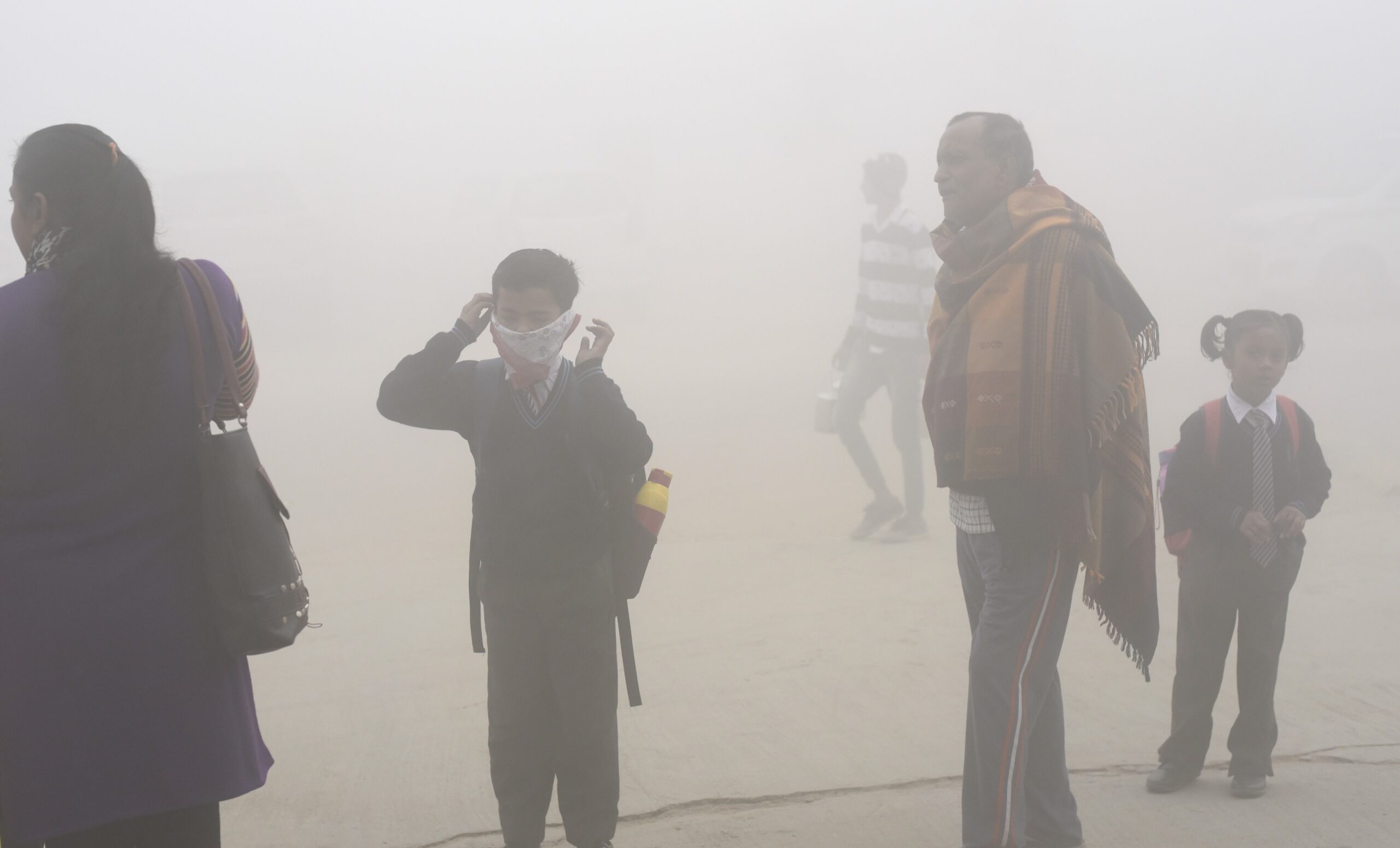
- Environmental risks affect children disproportionately, especially children from the marginalised communities.
- Millions of children across India are born and grow up in an environment that is stunting their development and ailing them.
- Globally, about 26% of deaths among children under five can be attributed to environmental risks, says a new study.
- Environmental pollution has the potential to derail SDG 3 for India, and create a competitive economic disadvantage for a country with a massive young population.
Three-year-old Aditri Rathor loves going to play school. She enjoys singing rhymes with her classmates, playing on the yellow rocking horse, and carving castles in the sandpit with her tiny fingers.
However, she now lies curled on the sofa of their home and takes each inhale just a touch deeper and exhales a little longer, as if her tiny body is trying to figure out the rhythm to heal. Her mother Ritu Rathor, places the nebuliser mask on her face and holds it tightly as the small machine makes a peculiar hissing sound.
“This is her second chest infection this month,” says Ritu who is Deputy Manager, Sales and Operation in a Noida-based company in Uttar Pradesh.
“Kids are struggling to cope with environmental challenges. With increasing air pollution, infections and allergies are lingering for days. Cold and cough, chest infection and respiratory problems are gradually becoming a regular crisis,” she shares, adding that her family takes vacations to places with cleaner weather.
Pragati Varshney Gupta, an East Delhi-based social worker, faces a similar ordeal. Her two-year-old son Digvijay struggles with a cough and cold that never seems to go away.
“While my elder daughter was growing up, home remedies used to work just fine. But with increasing pollution, children now require medication often,” says Gupta, whose house was in an active construction zone until recently. “Even though the construction work is complete, the dust persists and the rising air pollution makes it worse. Most of the time we keep the windows and doors shut but it does not help much,” adds the mother of two — Digvijay and Lavanya (nine).
“Pollution is weakening children’s immunity. Even harmless summer treats like ice-cream now lead to days of illness. The polluted air children breathe is stealing the joy of childhood. It is both an emotional and [physical] health challenge for me and my family,” says Gupta.
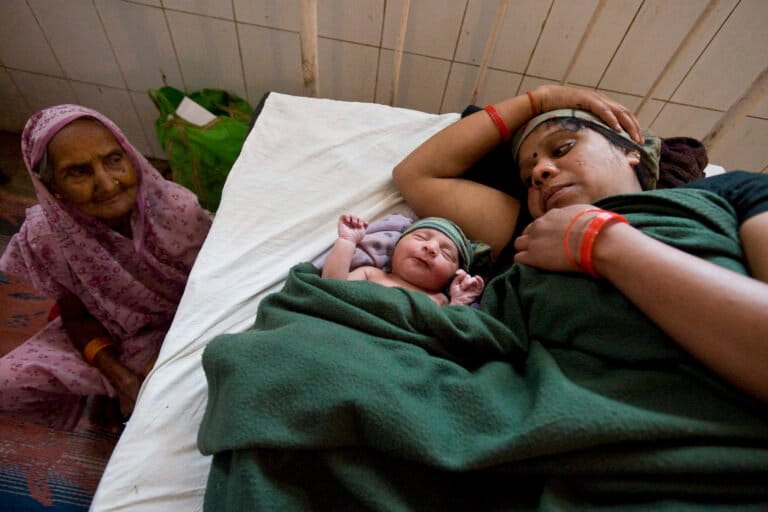
Children pay the price for unchecked air pollution
Aditri and Digvijay are not isolated cases as environmental risks are disproportionately affecting children. Millions of children across India are born and growing up in an environment that is stunting their development and ailing them.
Environmental pollution — air, water, sanitation, etc — has emerged as a silent public health emergency in India with children bearing its devastating effect. The impact of toxic air, contaminated water and hazardous waste is not just posing a health crisis, it is a generational catastrophe. It has the potential to derail sustainable development goals for India, and create a competitive economic disadvantage for a country with a massive young population.
Sustainable Development Goals (SDGs) recognise children’s health as a priority, particularly under SDG 3, which aims to ensure healthy lives and promote well-being for all. Addressing environmental hazards is critical to achieving this goal, according to a recent study published in the journal Preventive Medicine titled Ensuring Healthy Environment for Children and the Role of Primary Healthcare System.
In the year 2016, environmental hazards were attributable to more than 28% (almost 1.6 million) of global deaths in children under the age of five years. In 2019, air pollution exposure led to the deaths of about 4,76,000 newborns worldwide, including 1,16,000 in India, within their first month of life, the study notes.
“Approximately 26% of deaths among children under five (globally) can be attributed to environmental risks, with an increasing prevalence of diseases such as cancer, asthma, diabetes and other ailments linked to toxic chemicals and air pollution,” it states.
Higher vulnerability to respiratory diseases
According to the United Nations International Children’s Emergency Fund (UNICEF) and healthcare experts, children are more prone to the ill-effects of pollution compared to adults, because their organs and immune systems are still developing. Additionally, their exposure level is also higher as they spend more time outdoors, playing.
“Air pollution is a multifaceted problem that cost the world $8.1 trillion in 2019… Children’s lungs are in the process of growing and developing, making them especially susceptible to polluted air. Children breathe twice as quickly as adults and take in more air relative to their body weight. Many young children often breathe through their mouth, which takes in more pollutants. They are also closer to the ground, where some pollutants reach peak concentrations,” according to UNICEF.
Dr. Abhishek Chopra, a Consultant Paediatrician and Neonatologist at Cloudnine Group of Hospitals agrees with this. “While an adult takes 18-20 breaths per minute, children take up to 40 breaths per minute, which means they inhale more polluted air,” he explains.

The two most common lung diseases among children are pneumonia and asthma. In nearly 50% of deaths caused by pneumonia it is believed that air pollution plays some role or the other, shares Chopra.
Pneumonia kills more children under five than any other infectious disease, globally. There are over 1,400 cases of pneumonia per 100,000 children, or one case per 71 children every year, with the greatest incidence occurring in South Asia (2,500 cases per 100,000 children) and West and Central Africa (1,620 cases per 100,000 children), as per UNICEF reports.
Over the past five years, Dr. Chopra said he has observed at least a 25% increase in patients suffering from respiratory infections and pneumonia linked to air pollution. In the last decade, the rate of preterm births has also risen significantly and environmental pollution is one of the contributing factors, he says.
Disproportionate impacts on the marginalised
Studies show that in lower middle income countries, 98% of children below the age of five years are exposed to PM 2.5 far exceeding the WHO recommended limit.
Besides air pollution, poor water quality, sanitation and hygiene issues are other critical environmental factors impacting children’s health.
“The risk of gastro intestinal infections and diarrhoea increase significantly due to these factors. It is evident during the monsoon season. I observe a more than 50% rise in cases of stomach infections among infants and children under five due to contaminated water, poor hygiene or sanitation,” adds Dr. Avdhesh Ahuja, a paediatrician and neonatologist at Fortis La Femme Hospital in South Delhi.
Five-year-old Muskaan, lives in Sarfabad, a densely populated urban village of Noida, where the hum of life is constant but clean water and proper sanitation is not. In her dusty sandals she runs through puddles and plays near an open drain. But her carefree childhood is often interrupted by health issues caused by environmental pollution — stomach aches, bouts of vomiting and a persistent feeling of nausea.
“My daughter gets a stomach infection every time she drinks tap water. It is forcing me to buy drinking water from a bottled water supplier in the neighbourhood,” says Muskan’s mother Khalida Khatun, who works as a house help in the neighbouring apartments.
“With my limited income, every rupee I spend on buying clean water is a financial strain but I have little choice. Polluted water is making my daughter fall sick. Her sickness means both medical expense and loss of income for me,” explained Khalida, who earns ₹7,000 a month.
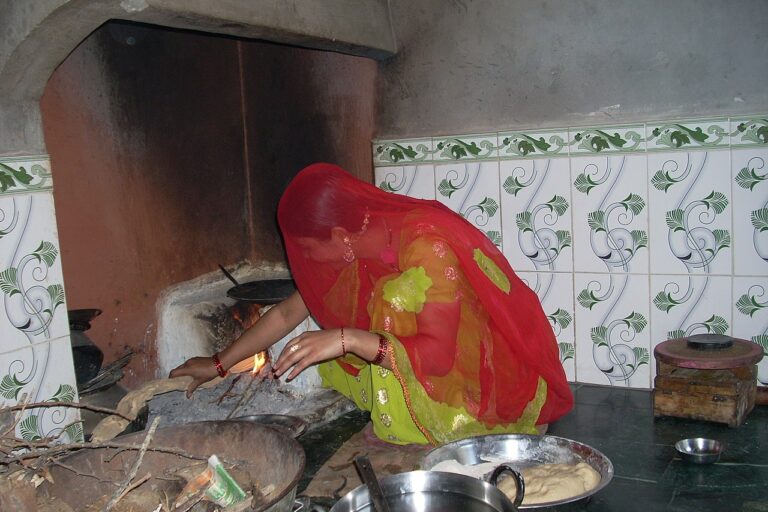
Not only cities, but industrial townships too are witnessing children’s health issues rise due to environmental pollution, according to A.K. Swain, a functionary of Green Odisha, an NGO in Angul district of the state. “Children are the silent sufferers due to pollution in the industrial belts of Odisha. We have seen acute respiratory problems and other health issues among children in our Angul district,” which is an industrial hub known for its aluminium and steel factories, Swain adds.
“Children are our future and it is scientifically established that air pollution has a very bad effect on the health of this vulnerable population. The government has been working very hard to improve the air quality. But it is a collective responsibility — each citizen has a role to play in improving the situation,” shares Sujit Bajpayee, Member and Member Secretary of Commission for Air Quality Management in Delhi NCR and adjoining areas, a body under the Ministry of Environment, Forest and Climate Change.
The recent study published in Preventive Medicine also reiterated a similar view and underlined the measures undertaken to curb environmental pollution.
“The National Clean Air Programme (NCAP) was launched by the central government as a comprehensive, time-bound national strategy aimed at addressing the issue of air pollution across the country. Indoor air pollution, particularly from traditional cooking fuels, significantly impacts foetal health, increasing risks even before birth. To address this, the Pradhan Mantri Ujjwala Yojana (PMUY) was implemented to provide clean cooking fuel (LPG) to households, reducing dependence on harmful solid fuels,” the study notes.
“Not just the government, but every stakeholder in our society has a responsibility to curb pollution and improve the situation. From using public transport to not littering, every step matters for the future of our children, our country and our planet. Our collective action will be a gift to our children, who are the future of our country,” Bajpayee concludes.
Watch: Inside the World’s Most Polluted Metro: Byrnihat
Banner image: Smog on the outskirts of New Delhi in the winter of 2017. Microscopic particles that can affect breathing and health spiked up to 75 times the level considered safe by the World Health Organisation. (AP Photo/R S Iyer)








